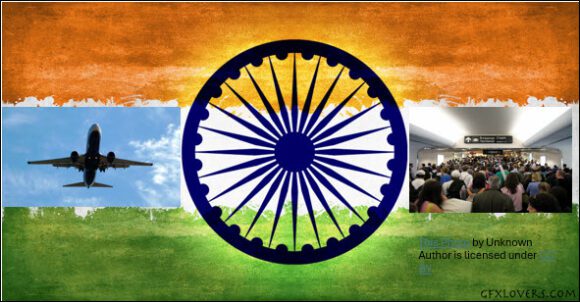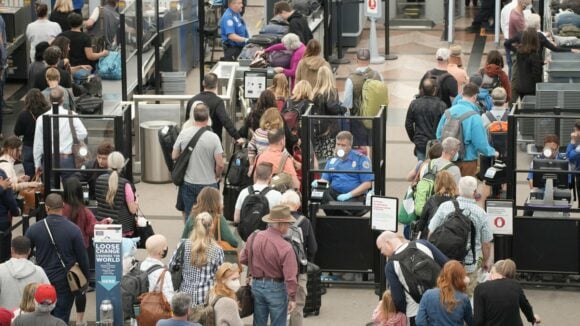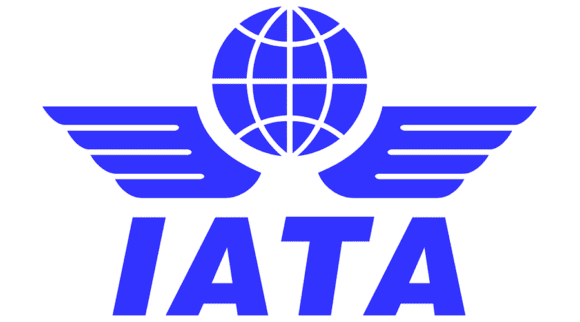There were two big trade deals announced in the past week—one between India and the UK, and another between the US and the UK—but global attention shifted elsewhere: India’s military strikes on terrorist camps and military infrastructure in Pakistan, following a terrorist attack in Kashmir that killed over two dozen tourists.
Airlines were among the worst hit. Not only were Indian carriers banned by Pakistan from using its airspace to fly westward to Europe, the US, and elsewhere, but many international carriers also voluntarily avoided the region due to the escalation. This story follows up on our earlier coverage.
On Saturday, as US President Donald Trump, whose team initially announced that the war between the two countries was “none of our business”, suddenly posted that he had “mediated” and that a ceasefire had been agreed upon, airlines breathed a collective sigh of relief. India and Pakistan officials also made conciliatory statements soon after.
In the next few hours, India’s largest airline, IndiGo, said it would begin operating relief flights to assist passengers stranded at over two dozen airports near the Pakistan border. These airports had suspended flights as India deployed S-400 missile defence systems to counter drone and missile threats.
IndiGo also stated that passengers could travel to the nearest operational airport and continue to their original destination on the same ticket at no additional charge.
These airports were shut until May 15, but there is optimism that operations may resume earlier.
Similarly, while Pakistan quickly announced reopening its airspace to foreign airlines, FlightRadar24 data from Sunday showed that most international flights were still skirting its territory, diverting southward over the Arabian Sea before entering Indian or Southeast Asian airspace.
Indian airlines, which still cannot fly over Pakistan, operate 4,000 weekly international flights across 200 routes, connecting 61 global destinations. According to Reuters, the routes that cross Pakistan “account for 20% of Indian flights with foreign destinations and 30% of their flights heading west”.
There are a few crucial questions now.
- First, how long will it take for international airlines to resume using Pakistani airspace? Overflight rights are a significant source of foreign currency revenue for Pakistan. The answer likely depends on whether the fragile calm holds in the coming days. For context, during a smaller flare-up in 2019, Pakistan closed its airspace for over four months. This time, the closure has been shorter. Still, given that hundreds of drones were reported flying into Indian territory from Pakistan on Saturday night, even after the ceasefire was announced, foreign airlines may monitor the situation closely before getting back to their original, fuel and time-saving flight path.
- Second, the financial impact on Indian airlines could be substantial as Indian and Pakistani carriers are still barred from using each other’s airspace. According to government data in Parliament, the four-month 2019 closure cost Indian carriers about $60 million. Air India has reportedly informed the government that a year-long closure this time could cost it around $600 million. It is already rerouting US flights from north India via the Arabian Sea and Vienna and exploring Mumbai stopovers to reduce operational complications. Interestingly, Air India had enjoyed an edge over US carriers in recent years by continuing to use Russian airspace, which remains off-limits to American airlines due to sanctions. The advantage of using this shorter route has been negated to some extent now.
- Finally, the India-Pakistan de-escalation also relieves global aviation industry stakeholders in other ways. The annual general meeting of the International Air Transport Association (IATA)—a key gathering of global airline leaders—will begin on June 1 in New Delhi. Even though far from the capital city, a prolonged escalation could have cast doubt over the event’s success, which is happening in India after over 40 years.
A smooth run-up to the event now looks increasingly likely.
Views: 83



